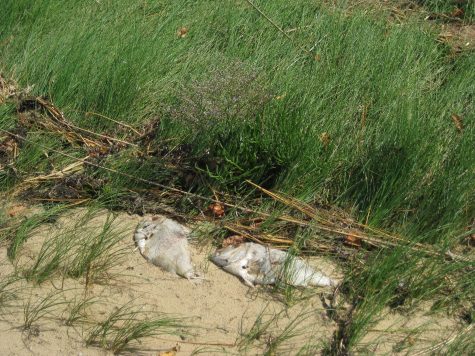 OSTERVILLE – The primary cause of a rust ride throughout Three Bays Estuary has been identified.
OSTERVILLE – The primary cause of a rust ride throughout Three Bays Estuary has been identified.
A saltwater plankton called a dinoflagellate caused the algae bloom, which was the worst North, Cotuit and West Bays have seen in over two decades.
The algae bloom tinted the water red and killed dozens of fish from a lack of oxygen near the Bay Street Landing.
“The principal cause is excess nitrogen,” said Lindsey Counsell, the executive director of Three Bays Preservation Inc. “And in the case of Cape Cod, it is caused by untreated nitrogen from septic systems.”
The weather conditions this summer were also factors that added to the bloom.
“The sunshine that we have had through the month of August and back into July is also a contributing factor. It warms the water” Counsell said. “And also in August we have the tendency to have very low wind.”
The lack of rain to the region is also a contributor.
“The bottom line here is the Cape communities, and many of them are working on it diligently, [need] to plan for the removal of these pollutants from our groundwater,” Counsell said. “We need to move forward at a quicker pace.”
Counsell said these blooms are going to show up more often in the 1,251-acre Three Bays estuary.
“It will make the waters less welcoming for swimming and for other activities out there,” he said.
Fixing the region’s wastewater issues is going to take an effort from all communities working together.
“Many of the watersheds on the Cape are shared watersheds between multiple towns,” Counsell said. “The political boundaries are one thing but nature’s boundaries are quite a bit different. So we do need to partner, in our case here in the Three Bay area with Sandwich and Mashpee, to bring together a solution for our joined watershed and solve the problem by working together.
The three towns are working on the first intermunicipal agreement to resolve wastewater issues in the Popponesset Bay watershed.
An increase in algae blooms could have an effect on the region’s economy.
“The Cape’s economy is significantly water dependent,” Counsell said. “The further we let the water deteriorate the less inviting these areas are going to be for boating and fishing activities. So you will see a decline in that if we continue to have these algae blooms on a seasonal basis.”
By BRIAN MERCHANT, CapeCod.com NewsCenter









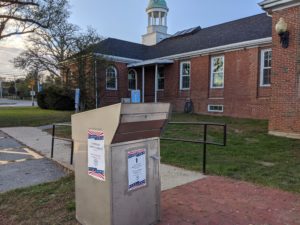
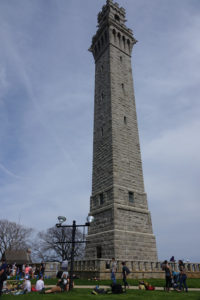

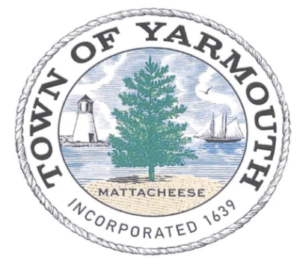
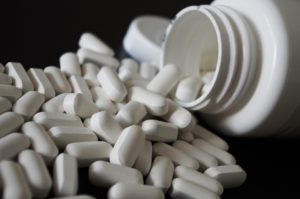

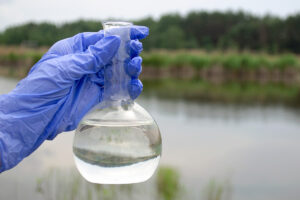
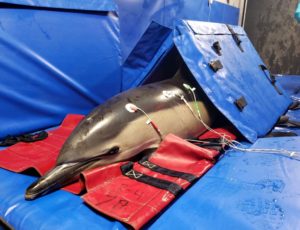








OK so yes the “cause” of the algae bloom is nitrogen but nitrogen comes from many many different sources.
Attempting to claim that the nitrogen comes from just septic systems is irresponsible and unrealistic.
The truth of the matter is that the nutrient inputs to all of our bays and estuaries have always been there.
Iit’s been more a matter of thae ecosystems ability to process the algae as it transitions from a nutrient into a plant.
Ask any old timer and they will tell you that those bays used to be Chuck-a-block full of Menhaden, also known as pogies, bunker etc.
These fish filter 4 gallons of water per hour and convert that algae into fish meat then they quite nicely swim away and are eaten by other fish. The overfishing of menhaden has destroyed that filtering capacity and lead ultimately to these algae blooms and other water ills in our bays and estuaries.
Thanks for sharing this perspective. Can this fish be reintroduced?
Menhaden are incredibly prolific fish. They spawn on-the-fly up to 5 times a year. All they need is to be left to flourish. The rampant destruction by one company in VA, Omega Protein, is responsible for the decimation. Read here or google this:
http://www.motherjones.com/environment/2006/03/net-losses-declaring-war-menhaden
So true but we have a great leader with Lindsey we need to all help.